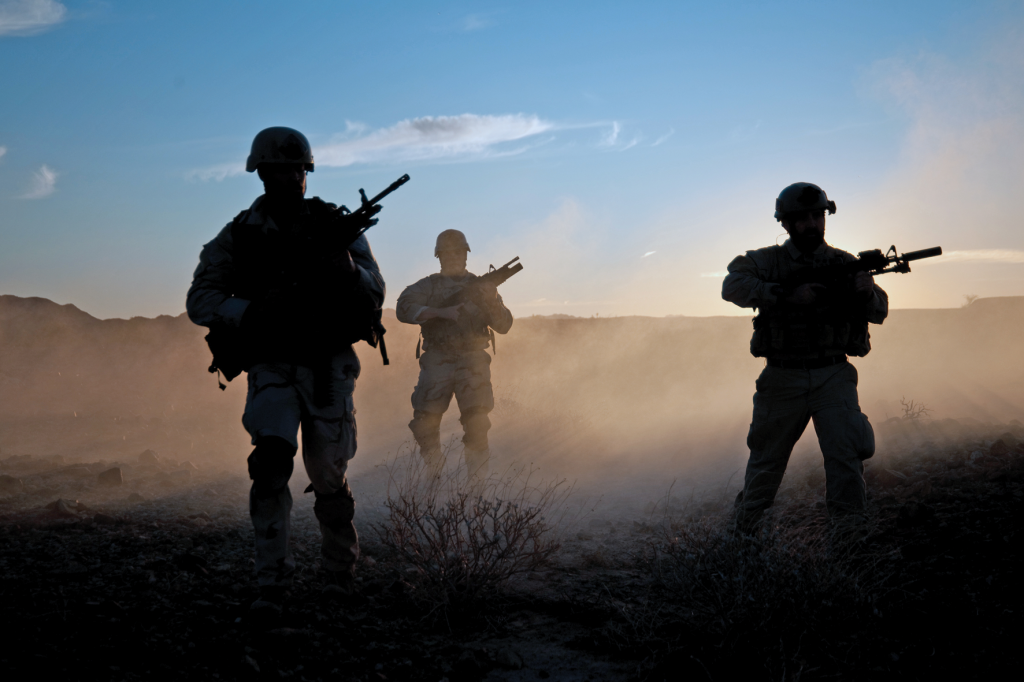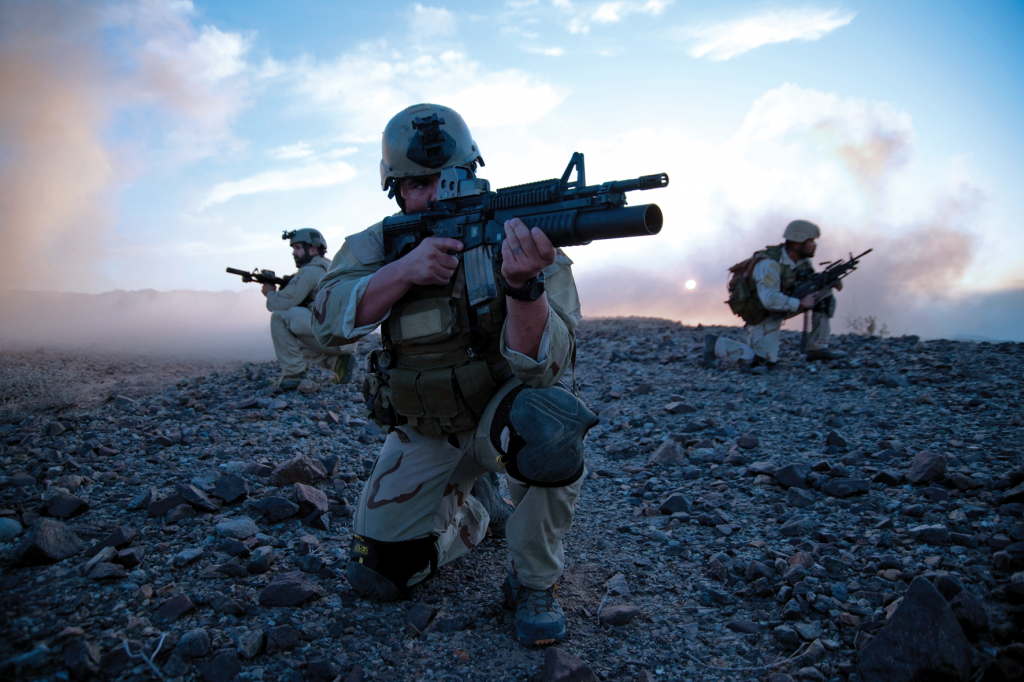By Paul O’Brien MA – Photos courtesy of the US Navy Seals website www.sealswcc.com
On September 11th 2001, two hijacked airplanes crashed into the World Trade Centre’s twin towers in New York, another hit the Pentagon in Washington, and a fourth crashed in a field in Pennsylvania. More than 3,000 people, including the 17 hijackers, were killed in the attack, the first on American soil since Pearl Harbour in 1941. This triggered one of the largest manhunts the world has ever seen. However, the target, Osama Bin Laden (AKA ‘Abu Hamza’), leader of the Islamist militant group al-Qaeda, would evade capture for more than a decade, until the culmination of Operation ‘Neptune Spear’ on May 2nd 2011.
In the aftermath of the September 11th attacks, the United States’ intelligence community identified Afghanistan as a possible safe haven for al-Qaeda operatives and a coalition force led by the US invaded the country.
Intelligence reports stated that Bin Laden was using a fortified maze of tunnels and caves in Tora Bora as his headquarters. However, in spite of a prolonged assault of the tunnel complex by land and air forces, no trace of Bin Laden was discovered. While some believed that he had been killed in the battle, others were convinced that he had managed to evade capture. The latter assessment was vindicated in 2002 when an audio recording of Bin Laden was released by al-Qaeda.
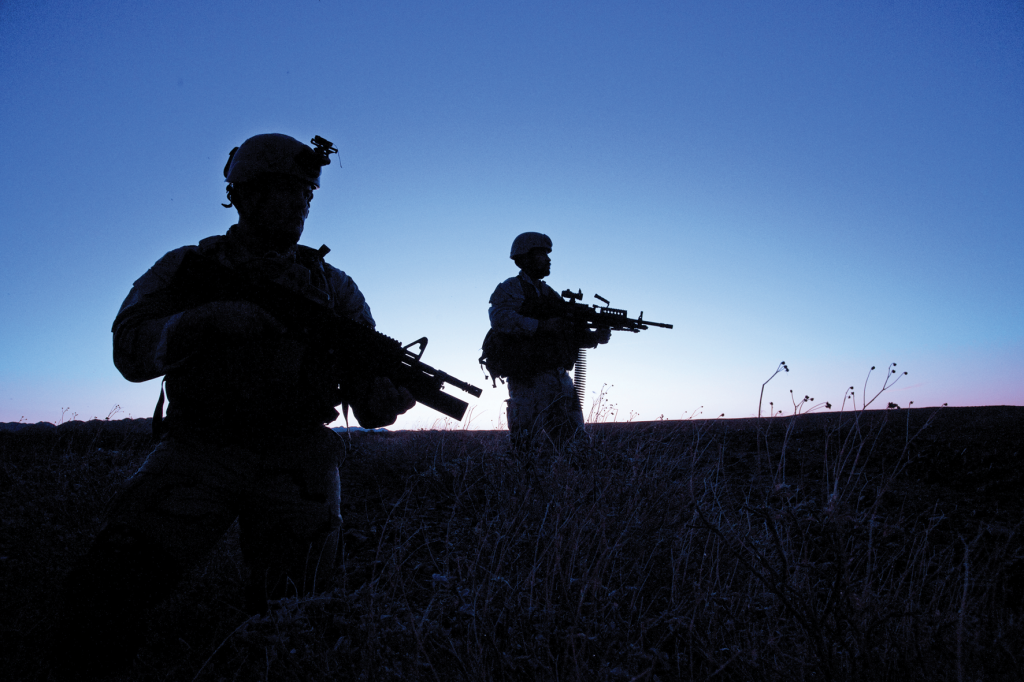
The CIA now concentrated on trying to discover al-Qaeda’s command structure and in 2002 unearthed ‘intel’ that it was based on Bin Laden using a number of couriers to relay orders to his cells around the world. It was through the eventual identification of one such courier that in 2010 the CIA identified a possible location for their target, a compound 4kms (2.5 miles) northeast of the centre of Abbottabad, a city in Pakistan located 160kms (100 miles) from the border with Afghanistan and only about 32kms (20 miles) from India.
The safe house was identified through satellite imagery as a one-acre compound on Kakul Road, in Bilal Town, a middle-class neighbourhood of Abbottabad. Bilal is a popular vacation spot and also home to a Pakistani military academy that was 1.3kms (0.8 miles) from the target compound.
A 12ft to 18ft concrete wall topped with barbed wire surrounded the compound, with two security gates providing access. The compound comprised a number of buildings, the largest of which was a three-storey house that had a balcony and a 7ft, purpose-built, screen wall.
Intelligence reports stated that there were no internet or landline connections and that the occupants burned their refuse instead of leaving it out for collection. Those housed within this compound had no interaction with locals.
Using a number of informants and other techniques, the CIA continued to gather intelligence on the compound and its inhabitants.
Although it wasn’t possible to confirm that the buildings housed Bin Laden, the US government decided to mount a ‘kill or capture’ mission. The planners submitted a number of ideas that included a bombing mission and a drone attack. However, these were dismissed due to the estimated high casualty rates they could inflict on the local population. Secondly, there would be insufficient evidence remaining after such an operation to prove that Bin Laden had been killed.
A combined operation with Pakistani forces was also ruled out after it was decided that the Pakistani government and military could not be trusted to maintain operational security.
After much deliberation a commando raid was chosen and Operation ‘Neptune Spear’ was born.
The plan consisted of two modified (stealth) Black Hawk helicopters ferrying 22 Navy SEALs, an EOD tech, and a CIA interpreter, from a base in Jalalabad, Afghanistan, to the target. These would be supported by two CH-47 Chinook helicopters carrying extra fuel and a quick-reaction force of additional SEALs that would set up a support base 15 minutes from the target.
The SEALs, designated Team 6, were part of the US Navy’s Special Warfare Development Group. These highly trained individuals were assigned to the CIA for the duration of the operation.
The mission plan stated that the first Black Hawk would hover over the compound while its SEALs fast-roped into the compound. The second helicopter would deploy part of its SEAL group on the northeast side of the compound to secure the perimeter. The rest of the group would then fly back to the main building and fast-rope onto the roof. One group would enter from above and the other from the ground up, clearing rooms as they went. The total time on the ground would be 40 minutes. The SEALs were equipped with Heckler & Koch 416 carbines, Heckler & Kock MP7s with attached suppressors, night-vision goggles and body armour.
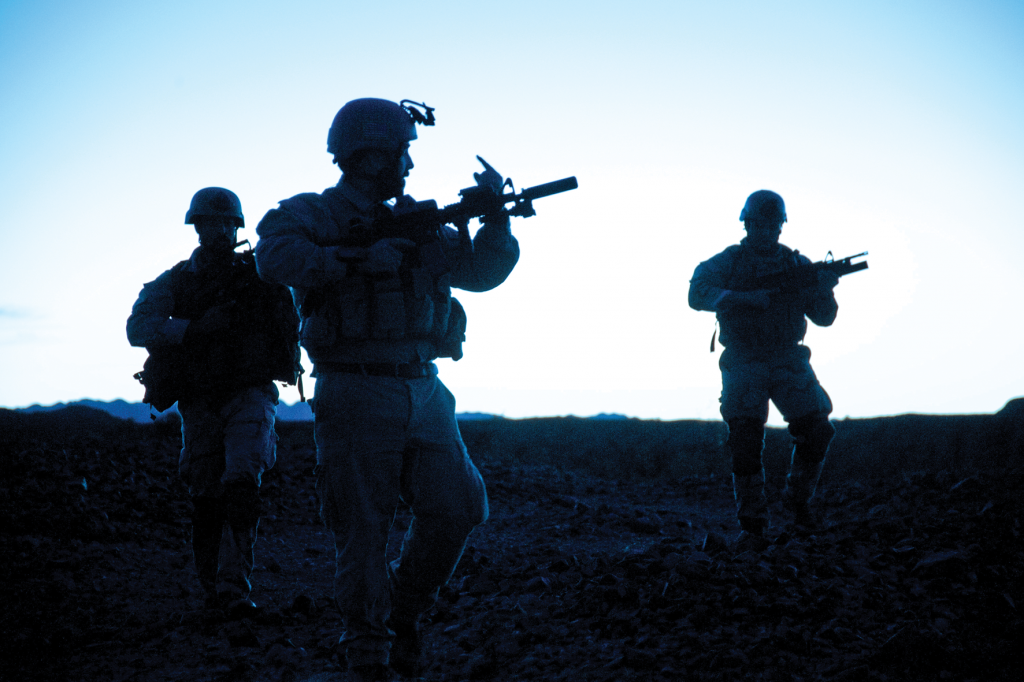
In preparation for their mission Team 6 commenced a rigorous training regime in a mock-up of the target compound.
On April 29th 2011, President Barak Obama gave the go-ahead for the operation and Team 6 flew out to Jalalabad in Afghanistan.
On May 1st four helicopters, the two Black Hawks and two Chinooks left Bagram air base in Afghanistan and headed towards Abbottabad. There was little moonlight and the helicopters flew low, using the hilly terrain in order to avoid radar detection. Within 90 minutes, the two Black Hawks were circling the target as President Obama and his cabinet watched a live feed of the operation in the White House Situation Room.
As the SEALs on the first helicopter prepared to fast-rope into the courtyard, the helicopter experienced a hazardous condition known as ‘vortex ring state’. A higher than expected air temperature and the high compound walls contributed to stopping the rotor downwash from diffusing. As a result, the tail of the helicopter hit the compound wall, damaging the tail rotor. The pilot managed to keep the nose of the machine from tipping over and ditched the helicopter into the courtyard. No one was injured and the SEALs immediately began their assault on the building. The second helicopter landed and secured the perimeter, but its assault team had to scale the walls in order to gain access to the compound.
Advancing into the house, which was in darkness as CIA operatives had cut the power in the area, the SEALs breached the walls and doors with explosives. As the assault team approached the guesthouse, Al Kuwaiti (Bin Laden’s courier) opened fire from behind a closed door with an AK47 assault rifle. A brief fire-fight ensued in which Al Kuwaiti was shot dead. The second SEAL assault team engaged Abrar (the courier’s brother) and his wife Bushra on the second floor of the target building: both were shot and killed.
Moving carefully through the compound room by room and floor by floor the SEALs encountered numerous women and children whom they secured and ushered out of the firing line. As interior barricades were removed a number of weapon stashes were secured.
Moving upwards, the assault team engaged and killed Bin Laden’s adult son Khalid on the staircase.
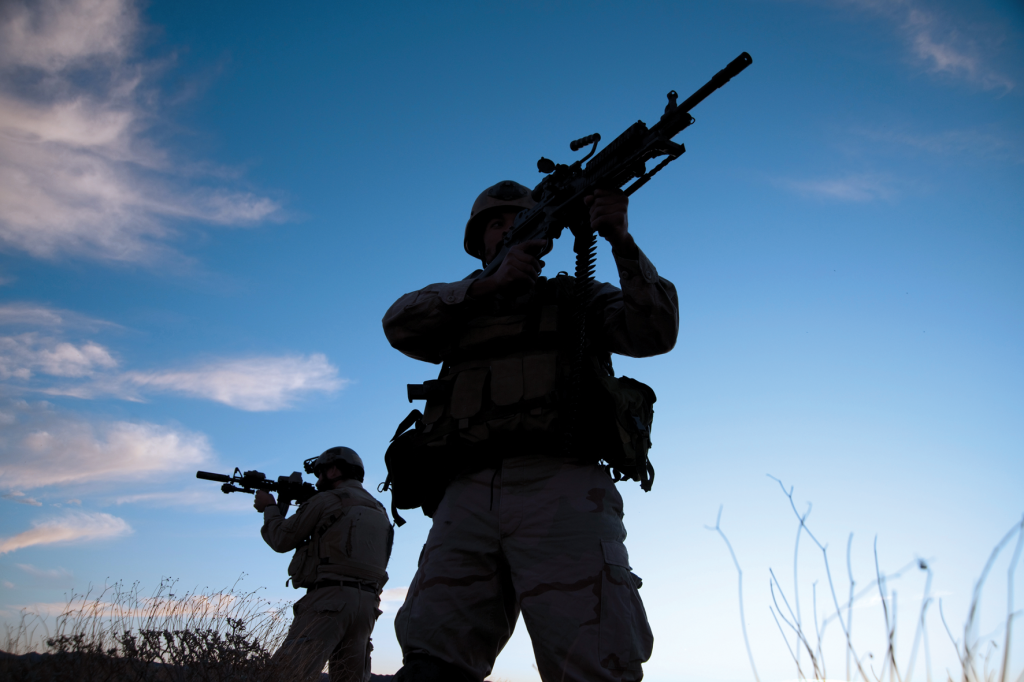
As the SEALs reached the third floor, Bin Laden himself peered over the ledge of the staircase and turned to make his way back into the room. A burst of gunfire was discharged at the retreating figure and as the assault team entered the room they found Bin Laden lying on the floor with a gunshot wound to the head.
Two of Bin Laden’s wives were in the room and as one tried to shield her dead husband, the other, who was preparing to rush the assault team, was shot and wounded. The SEALs pulled the other woman from her husband and fired a number of shots into Bin Laden’s torso.
The SEAL team leader then radioed: ‘For God and country – Geronimo, Geronimo, Geronimo…Geronimo EKIA.’ (Geronimo was the codename for Bin Laden and EKIA stands for ‘enemy killed-in-action’).’
While one group of SEALs photographed the body and took DNA evidence before bagging the corpse and removing it for exfiltration, the others moved rapidly through the buildings collecting intelligence in the form of documents, computer hard-drives, USB sticks and electronic equipment.
The wives, children and the dead bodies were left for the Pakistani authorities to deal with. The assault teams left the compound 38 minutes after they went in, two minutes ahead of the projected 40 minutes they had planned for.
The helicopter that had made the emergency landing was unable to fly out and was destroyed to safeguard its classified equipment. One of the reserve Chinook helicopters was called in instead to fly out the SEAL team with Bin Laden’s body.
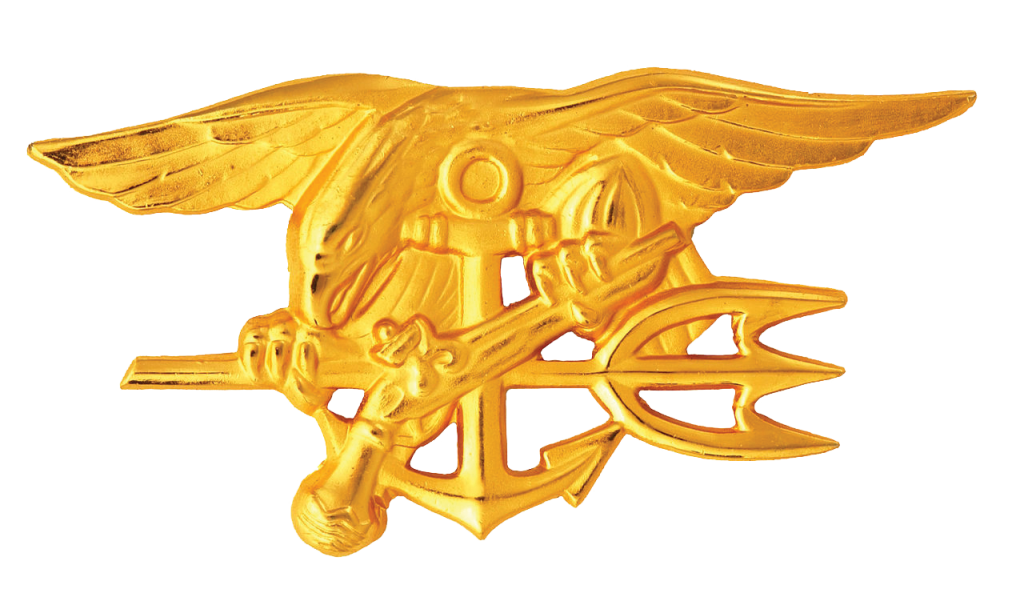
After the body was flown back to Afghanistan and was officially identified as that of Osama Bin Laden, word spread rapidly throughout the world that the leading figure in al-Qaeda had been killed by American special forces. While many people breathed a sigh of relief and others celebrated what they saw as a vast reduction in the threat posed by al-Qaeda, there were those who believed that the death of Bin Laden was just a setback for al-Qaeda and that in time the organisation would regroup with a new leader. Only time will tell which view was the right one.
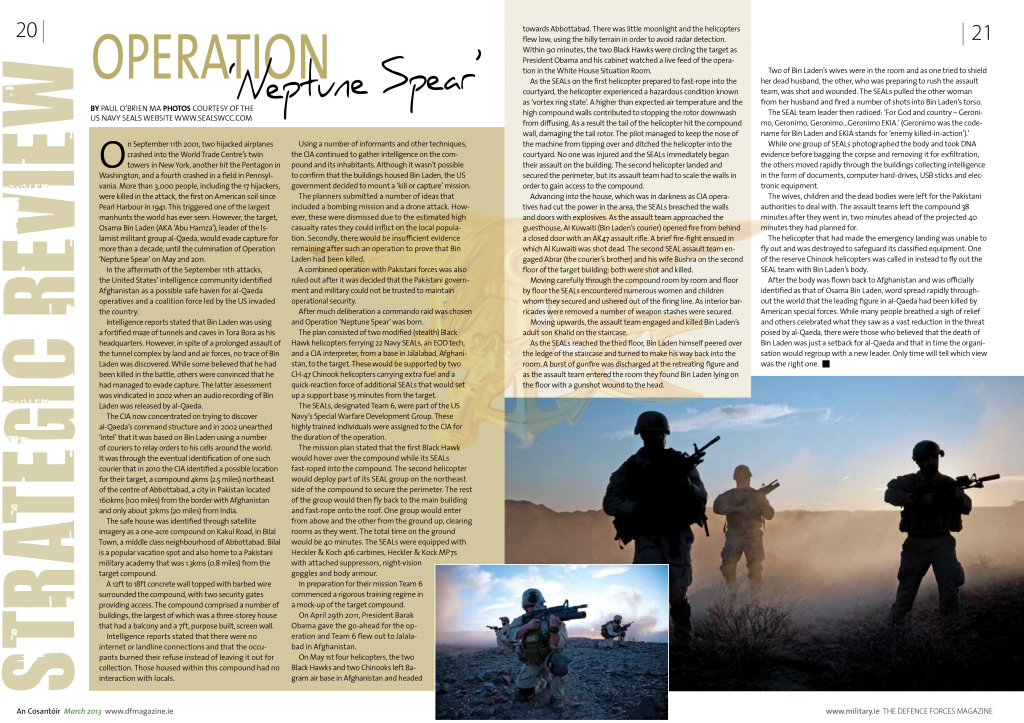
This article was published in the March 2013 issue of An Cosantóir: The Defence Forces Magazine. www.DFMagazine.ie

